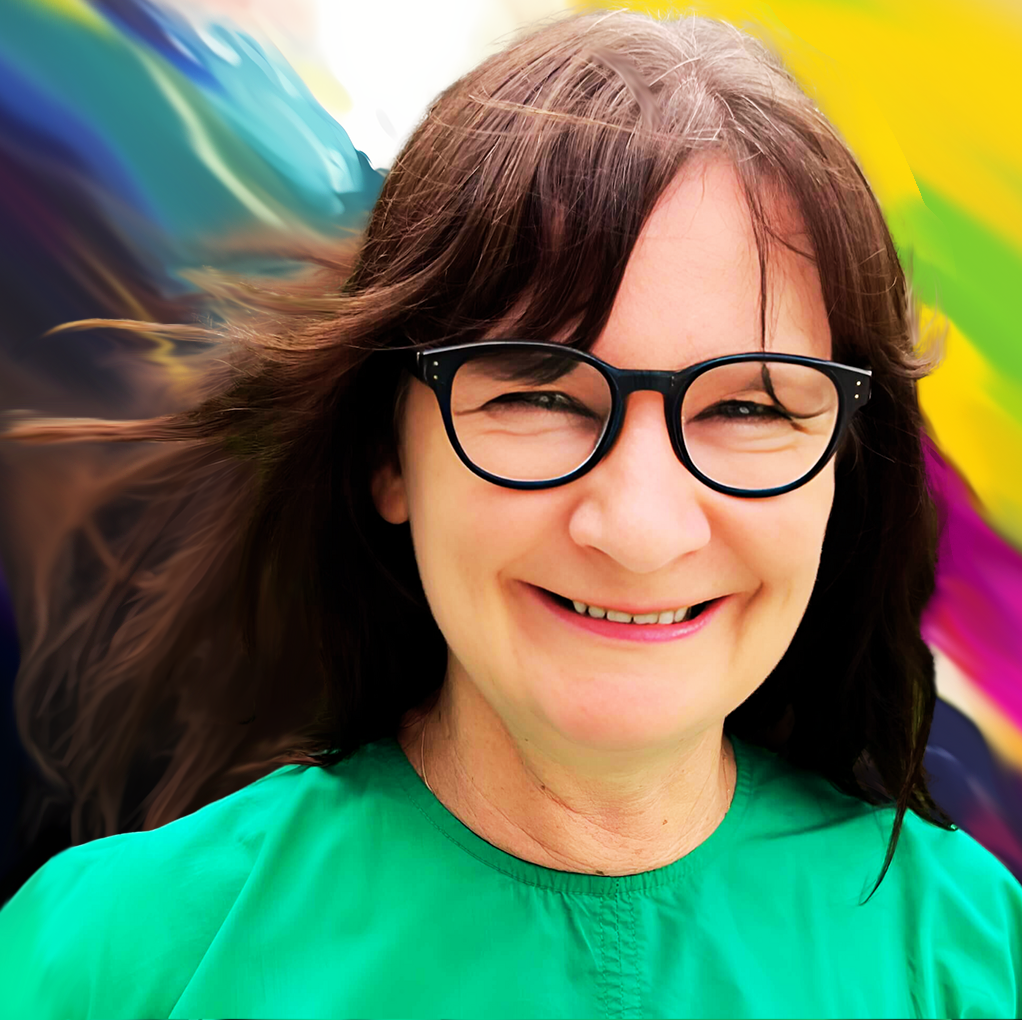Estimated reading time: 1 1/2 minutes
A couple of weeks ago my husband decided to do some gardening. Our garden was completely overgrown. We have lots of large trees which had dropped lots of leaves, along with many weeds and others plants that had completely run wild. After a days solid work the garden looked amazing! With all the debris and weeds removed we could appreciate the beauty of WHAT WAS ALREADY THERE. We didn’t need to add any plants to our garden they were just hidden from our view. We could now enjoy watching them open on a daily basis.
Message
Inside each and everyone of us there is a beautiful, blossoming person, however sometimes because of our conditioning that creates our defences or walls (the weeds) we stop appreciating ourselves as the truly beautiful people that we all ready are. Sometimes our mind creates thoughts (like tree dropping leaves) that do not support us and it covers up our natural beauty within. If these thoughts are judgemental of others, it also prevents us from seeing them as the divine, loving people that they are.

Action
What are the weeds in your life that are preventing you from connecting to the beauty within? Is it your ego? That voice that tells you that you are not good enough, not smart enough and that you need to struggle and strive to be more and more? Is it your fear—are you scared? If so, these things are natural. However we can transcend them not by criticising (more ego), but instead just noticing our fear and ego with love. Love is the most powerful force on the planet and heals all. Don’t think just recognise the first spontaneous answers that come up. What are the dead leaves that you need to let go of to create space for new growth and creativity?
Article by Deborah Fairfull
Discover the path to peace and happiness with Deborah’s course, here.









I wish I could find a man like that, so thoughtful and considered and happy to serve